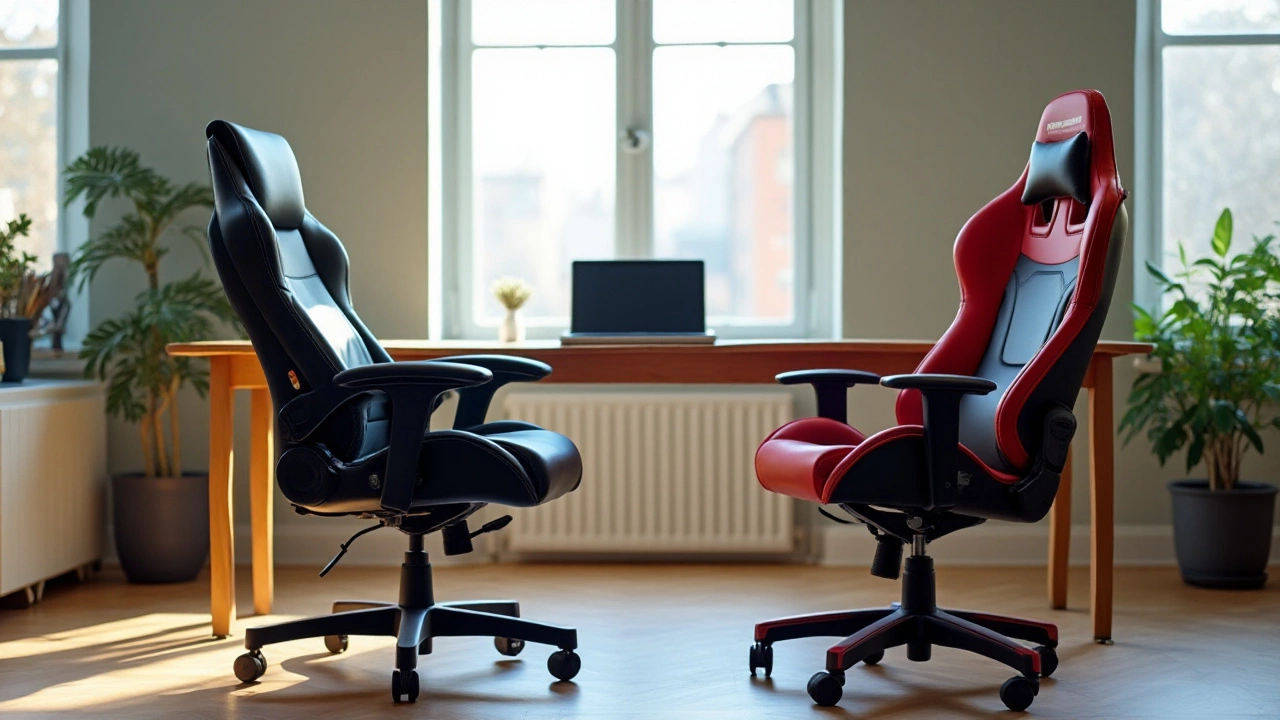Ergonomic Seating: What It Is and Why It Matters
Ever feel sore after a day at your desk? Chances are your chair isn’t supporting you the right way. Ergonomic seating is designed to keep your spine, hips, and shoulders in a natural position while you work or relax. The result? Less pain, more focus, and a longer lifespan for your furniture.
Key Features of an Ergonomic Chair
When you shop for an ergonomic chair, look for a few must‑have features. First, an adjustable seat height lets your feet rest flat on the floor and your knees stay at a 90‑degree angle. Second, a lumbar support pad that follows the curve of your lower back prevents slouching. Third, armrests that move up, down, in, or out so your elbows form a relaxed 90‑degree angle. Finally, a swivel base and smooth casters keep you moving without straining.
Don’t forget the material. Breathable mesh backs keep you cool, while high‑density foam cushions provide steady support. If you prefer a more traditional look, leather‑trimmed seats can still be ergonomic if they include the same adjustability.
How to Choose the Right Ergonomic Seat for Your Space
Start by measuring your work area. You’ll need enough room for the chair to spin and for the backrest to tilt without hitting walls or other furniture. Next, consider how long you sit each day. If you’re in front of a screen for eight hours or more, invest in a chair with a tilt‑lock mechanism – it lets you shift your weight and keep circulation flowing.
Try the chair before you buy. Sit with your back against the backrest, feet flat, and elbows at your sides. Your shoulders should relax, and you shouldn’t feel pressure behind your knees. If a retailer offers a 30‑day return, take advantage of it – a few days at home will tell you if the chair truly fits.
Budget matters, but remember that a cheap chair often means a shorter lifespan and more aches later. Look for reputable brands that offer warranties on frames and mechanisms. A good ergonomic chair can last 7‑10 years with proper care.
Maintaining your ergonomic seat is simple. Keep the moving parts clean and lubricated, tighten bolts every few months, and rotate the seat cushion to prevent uneven wear. If the chair has a mesh back, vacuum it occasionally to remove dust that can block airflow.
Finally, pair your chair with a desk at the right height. Your monitor should sit at eye level and your keyboard should let your wrists stay straight. The right combination of desk and chair makes the whole ergonomic setup work.
In short, ergonomic seating isn’t a luxury – it’s a health tool. By picking a chair that adjusts to your body, you protect your back, stay comfortable, and get more done. Ready to upgrade? Check out our range of custom‑crafted ergonomic chairs and find the perfect fit for your home or office today.




